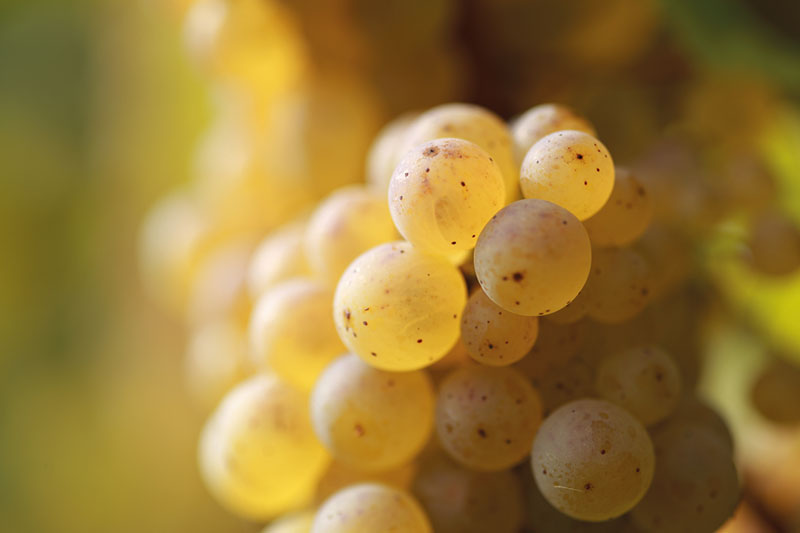The wine is still sitting in barrels, but it will soon be time to bottle the 2020 vintage. The Traminer was harvested measuring 98 Oechsle and outstanding grape quality. The Dornfelder still made it into the wine cellar at 85 Oechsle. The late frost in May meant this harvest had to be sorted according to the principle of “separating the wheat from the chaff”. April’s warm temperatures caused the vines to grow shoots very early. Temperatures in May dropped to minus five one night, afflicting the vines and leaving many of the shoots frozen. Even though Mother Nature did a good job afterwards, and side shoots sprouted, the final harvest was relatively small.
The curse and blessing of Epicormic Shoot
On the one hand, epicormic shoots are sorely needed to save the harvest following a late-season night frost. The epicormic shoot takes over from the shoot tip, drawing nutrients upwards and ensuring that the lower grapes are properly supplied. On the other hand, the new shoots lead to compaction of the foliage in the damaged vineyard, providing fertile ground for a fungal attack. If the winegrower reacts too late, mildew takes a firm hold and the harvest he’d hoped to save is lost after all. Unfortunatly, I missed the right moment. On top of that came heat, drought, and so a lack of water. Like other winegrowers, I had to water generously. In conclusion, 2020 proved challenging in many respects, not just due to the coronavirus.
From the grape to the bottle
With a yield of 400 litres, therefore I decided to buy Müller-Thurgau as grape juice and blend the extract of the white grapes with the Dornfelder to make Rotling. I would like to bottle this rosé wine in Schlegel bottles. The Traminer will be bottled into Bocksbeutel bottles as a Spätlese and registered for Qualitätswein testing. I wonder what the overall result will be! It’s not ready yet, as the wine is currently still slumbering on its fine lees in the wine barrels.

